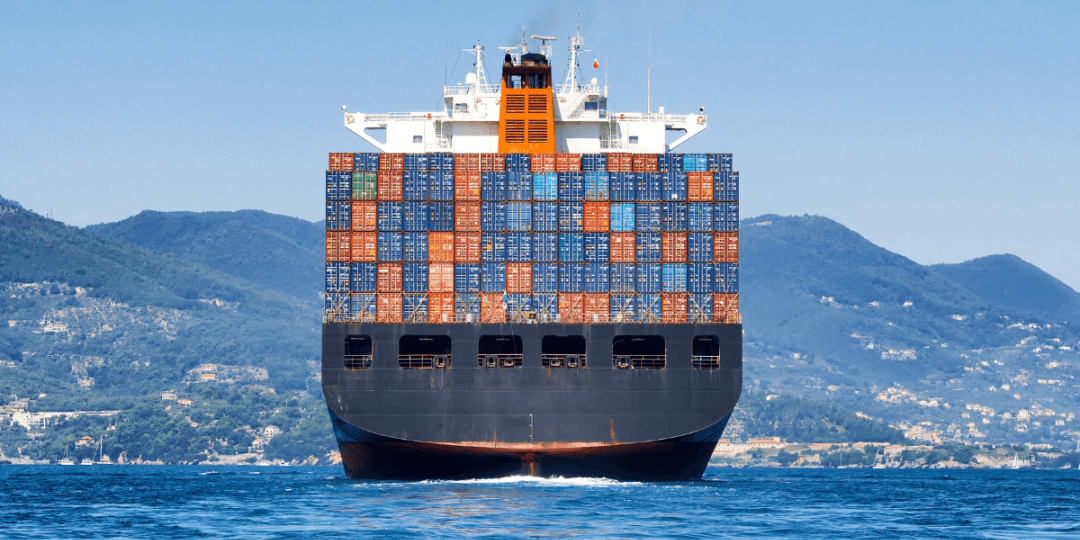Research by maritime consultancy Sea-Intelligence points to some good news for shippers.
According to CEO Alan Murphy, average vessel utilisation on the major head-haul trades is below the threshold that has fuelled the record rate peaks over the past year and a half.
And as a consequence, he says, spot rates will continue to decline.
The research examined the development of nominal vessel utilisation, as this is a key barometer for gauging the strength of the market.
“Even though demand grew by 0.6% year-on-year in June, it doesn’t change the fact that it has been on a downward trend ever since it spiked in peak season 2020,” says Murphy.
“The more pertinent question therefore is how demand growth matches up against deployed capacity. A declining demand trend can be offset by a declining injection of capacity, especially in an environment where port congestion leads to significant vessel delays, and in turn results in capacity removal.”

Looking at capacity deployment on the major East/West trades, it’s evident that while demand growth is slowing, capacity growth is increasing.
For the Transpacific, the drop in vessel utilisation is shown in figure 1. The sharp drop in May was sustained in June as well, with vessel utilisation around the 89% mark.
“Once utilisation gets into the 90-95% range for the Transpacific, it effectively means all capacity is fully utilised and spot rates increase dramatically. However, now that we have had two consecutive months where utilisation is below 90%, it is clear the market is no longer at a point that can sustain the extremely high spot rates. We also see a similar case on Asia-Europe and Transatlantic as well.”
It appears that the rate bonanza enjoyed by shipping lines may be over.













